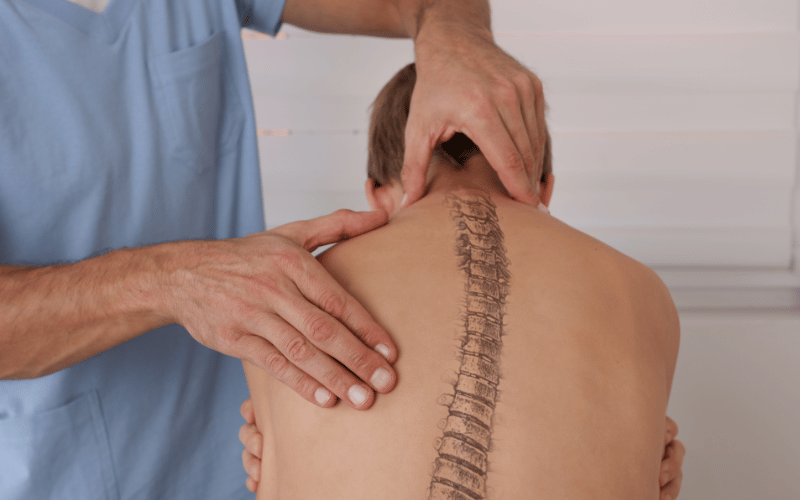Introduction: Helping Your Child Navigate Scoliosis
Scoliosis in children is a condition that can impact their physical growth and overall well-being. As parents, it’s essential to be informed about the signs, treatment options, and long-term management strategies available. This comprehensive guide will provide you with the insights you need to help your child navigate scoliosis effectively.

Early Warning Signs: Spotting Scoliosis in Your Child
Posture Check: Uneven Shoulders and Hips
One of the first indications of scoliosis in children is uneven shoulders or hips. It’s crucial to regularly observe your child’s posture and look for any imbalances in the alignment of their body.
The Clothes Test: Asymmetry in Clothing Fit
Another telltale sign of scoliosis is the way clothing fits on your child. If you notice that one pant leg or shirt sleeve appears longer than the other, this could be a sign of spinal curvature.
Diagnostic Measures: Identifying the Severity of Scoliosis
Medical Assessment: Visiting a Healthcare Professional
If you suspect that your child may have scoliosis, it’s essential to consult a healthcare professional for an accurate diagnosis. They will conduct a thorough examination, which may include X-rays, to determine the severity of the curvature.
The Cobb Angle: Measuring Spinal Curvature
The Cobb angle is a widely used measurement tool to determine the degree of spinal curvature in scoliosis patients. This metric helps healthcare professionals develop the most appropriate treatment plan for your child’s specific condition.
Treatment Options: Charting a Path Toward Wellness
Observation and Monitoring: Keeping an Eye on Progression
In mild cases of scoliosis, healthcare professionals may recommend regular observation and monitoring. This approach involves periodic check-ups to track the progression of the curvature and make necessary adjustments to treatment plans as needed.
Bracing: A Non-Invasive Approach to Scoliosis Management
For moderate cases of scoliosis, a doctor may recommend a brace to help slow down or halt the progression of the curvature. Braces work by applying pressure on the spine to encourage proper alignment and growth.
Physical Therapy: Strengthening the Body and Improving Posture
Physical therapy plays a vital role in the treatment and long-term management of scoliosis in children. It can help improve posture, increase muscle strength, and promote overall spinal health.
Surgery: A Last Resort for Severe Scoliosis
In severe cases, where the spinal curvature is greater than 45-50 degrees, surgery may be recommended. Surgical intervention can help correct the spinal deformity and prevent further progression of the condition.
Long-Term Management: Supporting Your Child Through the Journey
Regular Check-Ups: Staying on Top of Your Child’s Condition
Consistent monitoring of your child’s scoliosis is crucial for effective long-term management. Regular check-ups with healthcare professionals will ensure that any changes in the condition are addressed promptly.
Lifestyle Modifications: Promoting a Healthy Spine
Encouraging healthy lifestyle habits, such as maintaining a balanced diet, engaging in regular exercise, and practicing good posture, can significantly benefit your child’s spinal health and overall well-being.
Emotional Support: Addressing the Psychological Impact of Scoliosis
Scoliosis can have a profound impact on a child’s emotional and psychological well-being. Providing your child with emotional support and reassurance throughout their journey can help them cope with the challenges that scoliosis may bring.
Conclusion: Empowering Your Child for a Healthy Future
As a parent, your role in detecting, treating, and managing your child’s scoliosis is essential for their long-term health and well-being. By staying informed, seeking appropriate treatment options, and providing ongoing emotional support, you can empower your child to live a fulfilling and healthy life, despite the challenges scoliosis may present.